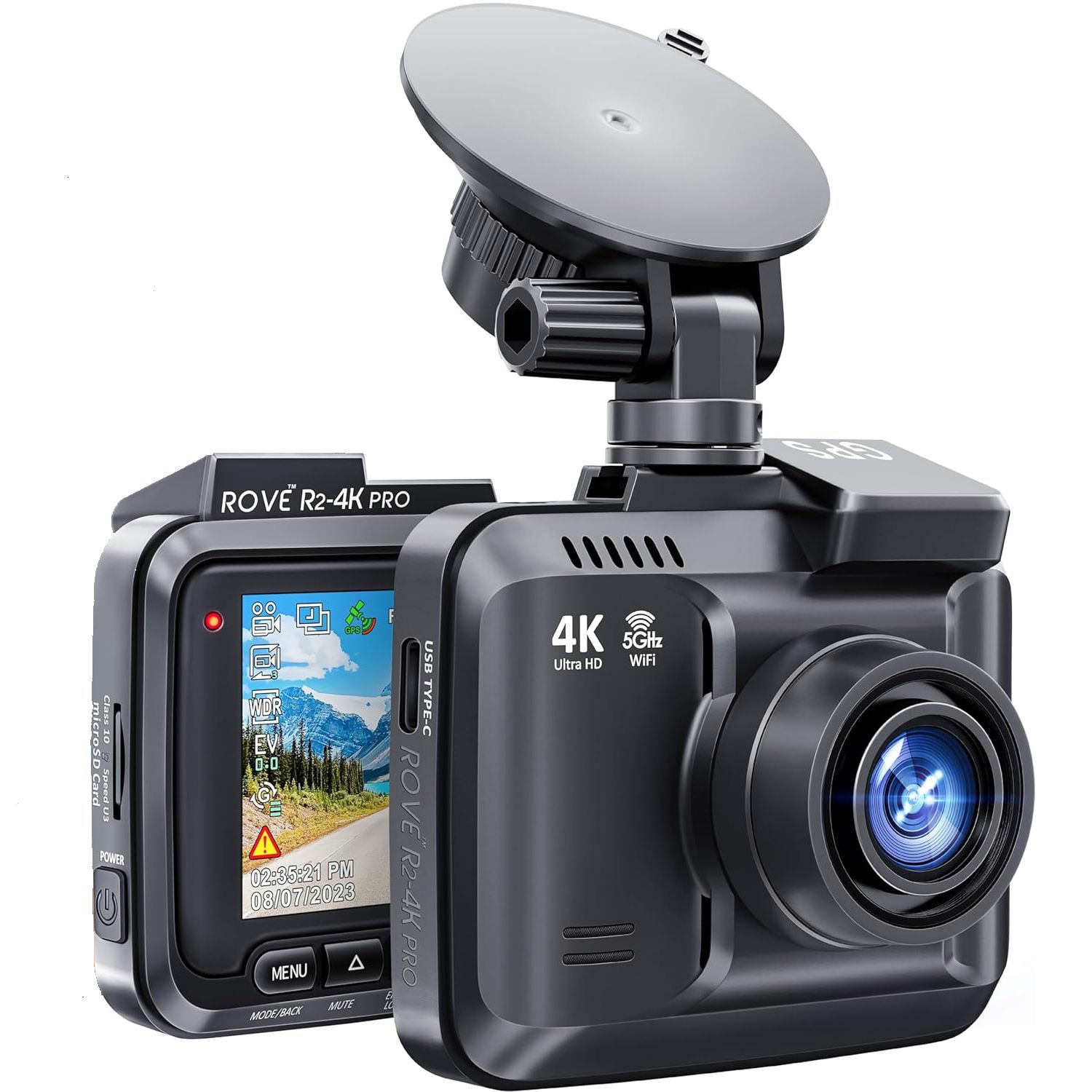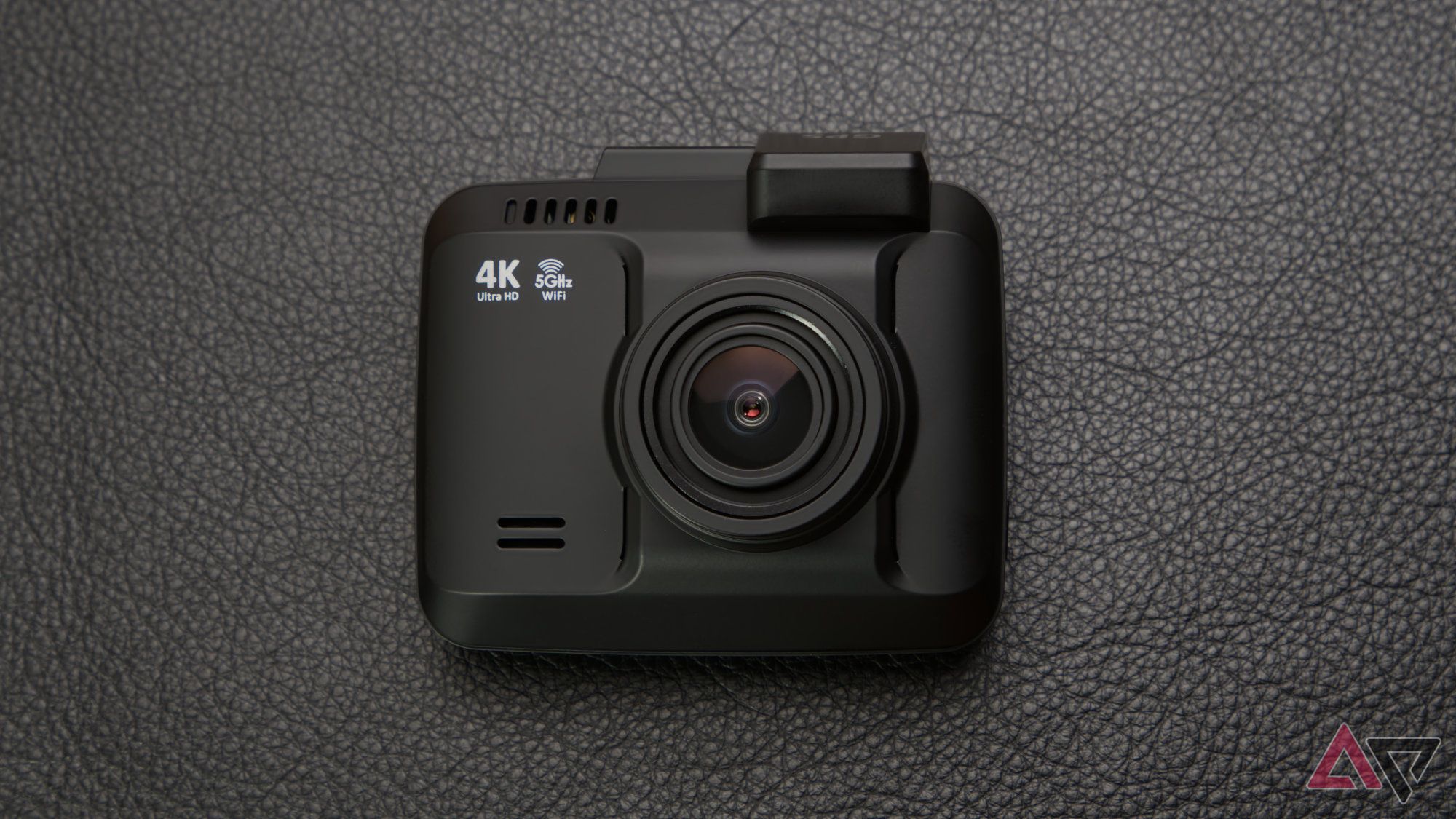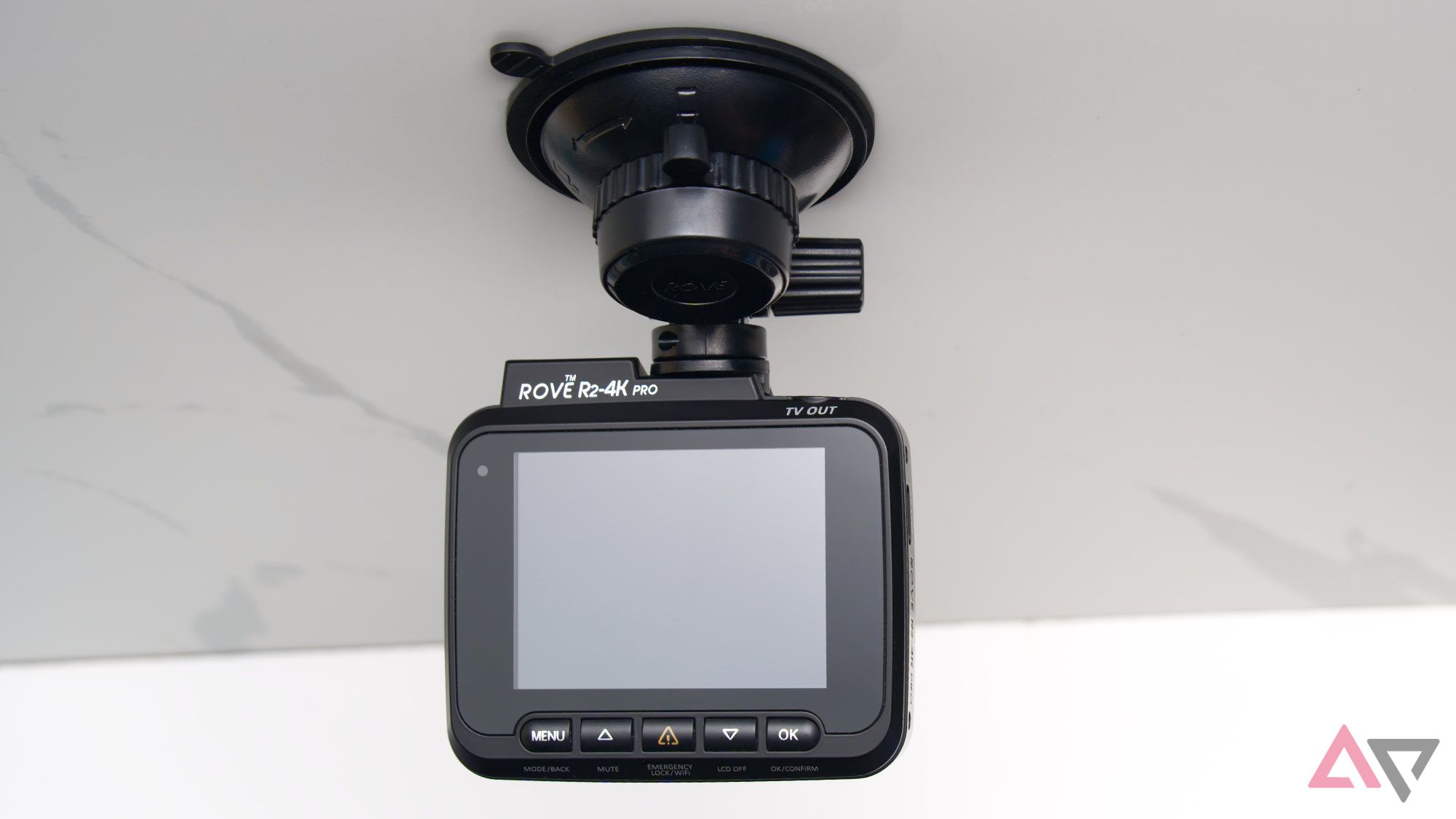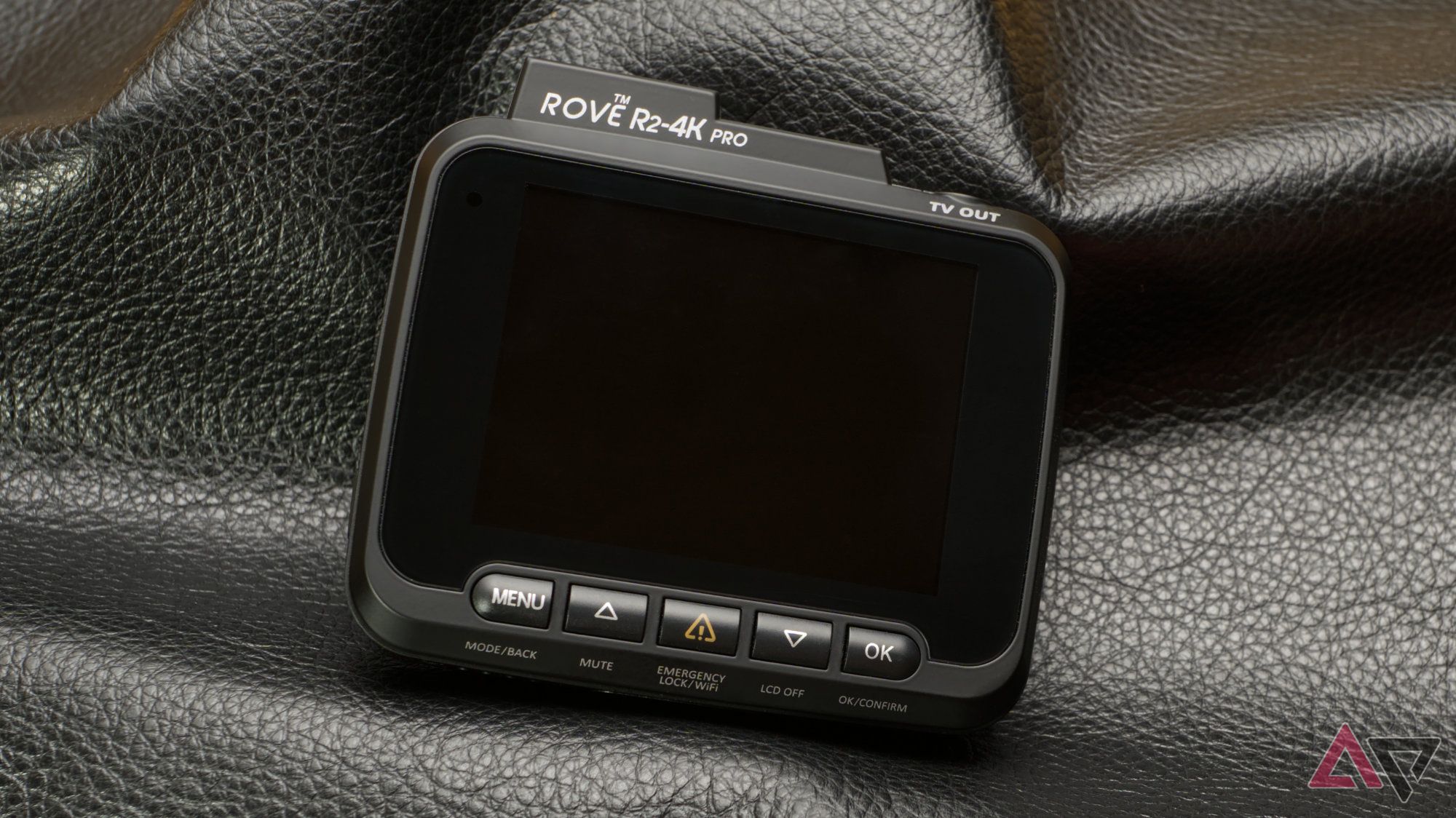These days, we’re almost always surrounded by cameras, but they’re not necessarily under our control or capturing our perspective. Whether you want to record your drives for legal protection or you’re hoping to score clips of bad drivers doing insane things on the road, a dash cam is the right tool for the job.
Rove’s R2-4K Pro strikes a great balance between price and specs, featuring 4K resolution, or up to 60fps at 2K, it can capture sharp video. It also has a configurable g-sensor for detecting accidents or registering potential tampering while it’s in parking mode, and there’s even GPS for recording speed and location.

Rove R2-4K Pro
$130 $160 Save $30
Equipped with a high-resolution 4K camera with a 150-degree viewing angle, the Rove R2-4K Pro supports dual-band Wi-Fi and GPS connectivity, G-sensor crash detection, Parking Mode, tons of configurability, and good nighttime visibility.
- Very competitive price for the specs
- Compact design and easy mounting options
- Good visibility at night
- Integrated GPS
- No touchscreen
- Default settings aren’t very good
- Clumsy setup process
Price and availability
The R2-4K Pro originally retailed for $160, but you may be able to find it lower during sale events. Be aware that it doesn’t include any onboard memory, so you will need a good microSD card. Rove sells its own branded memory cards, which are rated to meet performance requirements for the camera’s highest bitrate. There is also an optional circular polarizer, which may or may not be necessary for your windshield, and if you want to use parking mode, you’ll probably want to order the hardwiring kit. All these things are available from Amazon, or you can order directly from Rove’s website.
What’s good about the Rove R2-4K Pro?
It’s a whole lot of camera
Specs can vary quite a bit across dash cameras, but the R2-4K Pro lives at the upper end. Resolutions climb up to 4K, with stops at 2K and 1080p if you’re inclined to save space. At 2K or lower resolution, the framerate can also go up to 60fps. On paper, these specs aren’t too far from action cameras like the DJI Osmo Action 4, although there are notable differences in optical quality, stabilization, and features.
The default capture mode is 2K@60fps in h.264 with medium bitrate, which takes about 220MB per 60-second clip — video is split into intervals, so you don’t have to deal with giant files. I turned this up to the max at 4K@30fps with high bitrate and h.265 encoding, bringing the 60-second clips up to 283MB. That works out to about 450 minutes of recording time with a 128GB microSD card.
Visibility from the camera is good, and there’s surprisingly little distortion for a 150° lens. Nighttime performance is particularly impressive, thanks to the Sony IMX335 sensor, which produces very clear images in complicated lighting. There is some light bloom from bright sources, but that’s inevitable. The circular polarizer can also help tone down reflected light.
One of the selling points for this model is that it uses a supercapacitor rather than a battery. It holds just enough power for an extra two or three seconds, enough time for the camera to stop recording and shut down without corrupting data. While this can’t sustain the camera for any particularly long time like a battery, supercapacitors don’t wear out easily. They aren’t very vulnerable to heat, so you could presumably get decades of use without having to replace a battery.
Installation and cable routing were a breeze in my car. The box includes cable clips and two primary mounting options. You can use an adhesive mount for semi-permanent installation or a suction cup with a twist-to-seal mechanism that can be removed for switching between vehicles or use in a rental. Both mounts offer two-way articulation, allowing the camera to tilt up and down or turn completely around. The camera holds onto the mount with a simple wedge rail, making removal easier.
Parking mode supports timelapse or motion detection modes, and a built-in G-sensor can detect accidents or potential damage to the vehicle, both while driving and parked. The parking mode requires continuous power from the car battery using the hardwiring kit, which is equipped with a voltage sensor and automatic kill switch if the power gets too low. If you’re not comfortable with that, you could always plug the camera into an external battery.
The software offers plenty of options, making most of the UI and behaviors fairly configurable. Naturally, there are settings for video resolution and frame rate, as well as compression (h.264 or h.265), bitrate, wide dynamic range, and exposure. Likewise, the UI can be set to show a live view all the time or automatically switch to “screensaver” mode with just a bit of on-screen text. If you find either of these modes look too busy, several of the UI elements can be turned off individually.
A built-in GPS can burn in your location and speed on captured videos, and it shows the speed and compass direction on screen while moving — something I’ve always thought Android Auto should do, too. If you need to mark a clip to be saved, perhaps because of an accident or notable moment, pressing a single button will move it into a “protect” folder where it won’t be auto-deleted. And access to recorded videos is possible with the mobile app, which may be more convenient than moving the memory card back and forth to a computer.
What’s bad about the Rove R2-4K Pro?
It’s a step short of premium
While the specs are generally great, the R2-4K Pro lacks some of the features that tend to identify the true top-end competitors. The most obvious is the lack of a touchscreen, which would make the initial setup a bit friendlier. However, I don’t think this is a big sacrifice because it’s so much harder to use a touchscreen while driving — though you shouldn’t be fiddling with it anyway.
Likewise, there’s no cellular radio for remote viewing and incident reporting, similar to what you would find in the 70mai A510. You also won’t find any clever AI or algorithms to produce audible warnings for pedestrians or vehicles cutting right in front of you. Of course, to get any of these, you would likely have to spend a bit more.
Image quality is generally good for recording the events, but it’s not particularly pretty or great with details. While an ultrawide lens is necessary to capture a larger field of view in front of the camera, details naturally fall off more quickly as things get further away. This means you probably won’t be able to make out license plates or other small details if they’re more than two or three car lengths away.
This is normal, but the optical quality looks a bit soft; the camera compensates with digital sharpening, which might be a bit overtuned. This camera sensor and lens are also unstabilized, so road vibration likely causes shaky footage.
Aspects of the software betray the rough and unpolished edges, particularly a somewhat clumsy setup process. Like most gadgets, the R2-4K Pro creates a Wi-Fi access point without an internet connection for your phone, and most smartphones won’t object to connecting to this dry hotspot. However, if there’s an internet-enabled access point nearby, they’ll usually revert to that after a short time.
Companion apps usually solve this by initiating the connection during the setup flow, but Rove’s app leaves it up to the user to connect manually. Unfortunately, if you don’t move quickly through the steps, your phone may revert during the process, and you’ll have to start over. It’s not a big problem, but it could confuse people who don’t understand why the app on their phone is failing to find the camera they’ve just connected to.
Once the basic setup is done, you’ll want to spend 10-15 minutes fixing the settings. They’re not all bad, but I ended up changing nearly half of the defaults before taking my first drive and probably closer to 75% by the time I was done. I had to turn off obnoxious things like voice prompts and beeps, switch video resolution and encoder modes, and enable the screensaver.
On maybe a strange note, I also discovered the USB-C port is unusually picky. I tried a lot of cables from around my house, but most of them can’t power the R2-4K Pro, even some highly rated 3.2 Gen 2 cables. So far, it has only been the two A-to-C cables included in the box, the plug in the hardwiring kit, and one other A-to-C cable I had handy. Perhaps there’s something it doesn’t like about C-to-C cables? Granted, it shouldn’t be necessary to replace cables often, and they’re not outrageously priced if you need a new one, but I don’t love the idea that you could have a pile of perfectly good cables, and none of them would work.
Should you buy it?
Great price for the specs, if you don’t miss the luxuries
The Rove R2-4K Pro is a really good, straightforward dash cam. It’s not packed with every conceivable feature, but it has solid specs at a very competitive price. Of course, it lacks a few luxuries that set apart the upper echelon of dash cameras. Still, most of those would cost two or more times as much without offering appreciably better quality or performance. As long as you’re not looking specifically for those features, this is probably one of the best cameras you can find at this price point.

Rove R2-4K Pro
$130 $160 Save $30
Equipped with a high-resolution 4K camera with a 150-degree viewing angle, the Rove R2-4K Pro supports dual-band Wi-Fi and GPS connectivity, G-sensor crash detection, Parking Mode, tons of configurability, and good nighttime visibility.
Source link




